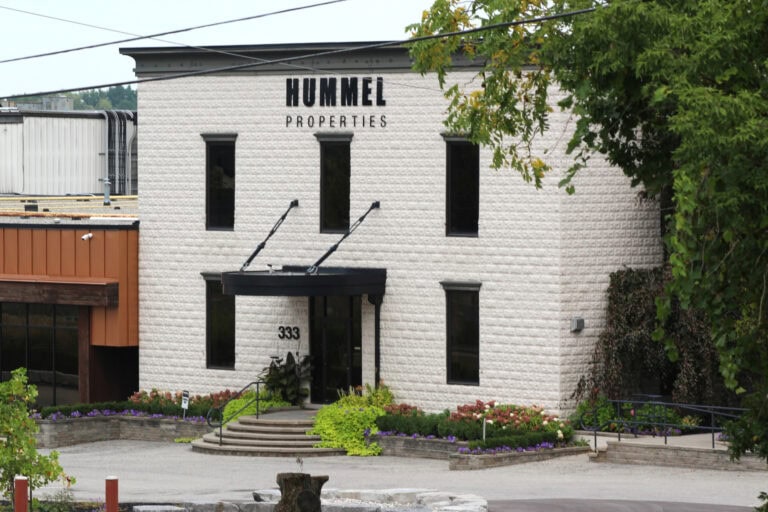Back in 2022, the Ford government passed a draconian piece of legislation relative to heritage designations.
Bill 23, the so-called “More Homes Built Faster Act,” required that Ontario municipalities were required to review all non-designated properties on their heritage registers and, if a notice to designate was not issued prior to Jan. 1, 2025 on a listed property, the properties would be removed from the register and could not be relisted for five years.
Further, if a property should be added to the register after Jan. 1, 2023, that property would fall under the same time limitation — that is, designate it within the two-year window or be delisted.
With a stroke of a pen, the government placed an impossible deadline upon municipal heritage planners across the province to either designate or lose the feeble protection — a heritage review prior to approving a demolition permit — afforded to listed historically significant properties — essentially resulting in placing thousands of cultural, natural and built heritage properties at risk.
In virtually every municipality, the heritage staff reacted by developing a list of “priority” properties for designation, authoring the required documentation, while crossing their fingers that the property owners support the process.
However, in many jurisdictions, the sheer volume of important heritage assets which potentially stood to be lost was such that only a small fraction could be protected via Part IV designation.
The backlash from municipalities, heritage advocacy organizations and concerned citizens was loud and swift, pressuring the provincial government to, at the very least, extend the deadline.
And, in June 2024, the Ford administration succumbed to the voice of the people by extending the cut-off date to Jan. 1, 2027.
Still, for many municipalities (including Niagara-on-the-Lake), the extra 16 months will be nowhere near sufficient to accomplish the necessary protection of their treasured historic properties under Part IV designation.
But there is an alternative which a number of municipalities have chosen to pursue.
Namely, should a geographically defined area contain a concentration of heritage assets equal to, or greater than, 25 per cent of the properties contained therein, it is possible to create a heritage conservation district under Part V of the Ontario Heritage Act — thereby safeguarding a group of important properties under a single umbrella.
To be clear, a Part V district does not prohibit development or change within its boundaries.
Instead, it provides a measure of oversight regarding the type and form of any proposed alteration to property(s) in the district to ensure protection of the heritage assets — for greater clarity, see: “Arch-i-text: The goals of the town’s next heritage conservation district plan” from April 9.
This is the path that the City of St. Catharines elected to pursue in 2023 when the majority of its councillors voted on a staff recommendation to engage a consulting firm to conduct a heritage conservation district study within the boundaries of the city’s downtown core.
It should come as no surprise to anyone who has ever visited downtown St. Catharines that the 25 per cent threshold was exceeded by a wide margin, with well over 100 properties found to be heritage assets.
Both the city’s heritage staff and the consultants strongly recommended that council move forward to create a heritage conservation district.
Now, one would think that this story would end with council supporting the overture but, on the contrary, the councillors voted 7-4 against its creation.
You see, a vociferous opposition was launched by the Greater Niagara Chamber of Commerce, supported by the executive of Niagara Association of Realtors and other special interest groups.
As a collective, they raised every disproven hoary old myth regarding heritage designation — see “Arch-i-text: Addressing some urban myths about designation” from March 19 for some examples — to raise the fears of property owners.
Of course, what was failed to be mentioned is that heritage districts across North America have been proven to actually encourage the resurrection and development of healthy, walkable and vibrant commercial downtowns while creating a “hip” place to live in the lofts and flats spawned by adaptive re-use and augmentation of the heritage buildings.
Not to mention the boost in tourism revenues accruing to the downtown businesses.
And bluntly, because any heritage conservation district must have a comprehensive set of guidelines for development, when followed by a developer (or owner), it actually reduces and simplifies the timelines and “red tape” associated with any proposed changes within the district.
Furthermore, and contrary to St. Catharines Mayor Mat Siscoe’s worry about contest before the Ontario Land Tribunal, it is highly improbable that such a challenge would be successful, given (based on my research) both city staff and the consultants have fully followed correct procedures and conducted open consultation with the public and property owners.
Circling back to our wee town, wherein the heritage conservation district study is in its second phase — to develop the conservation guidelines for the proposed district — and moving steadily toward completion.
The creation of an expanded heritage district in Niagara-on-the-Lake is long overdue and anxiously awaited by many residents.
Still, it will rest in the hands of our elected council.
I hope they have greater vision and understanding than their counterparts in St. Catharines.
Brian Marshall is a NOTL realtor, author and expert consultant on architectural design, restoration and heritage.










